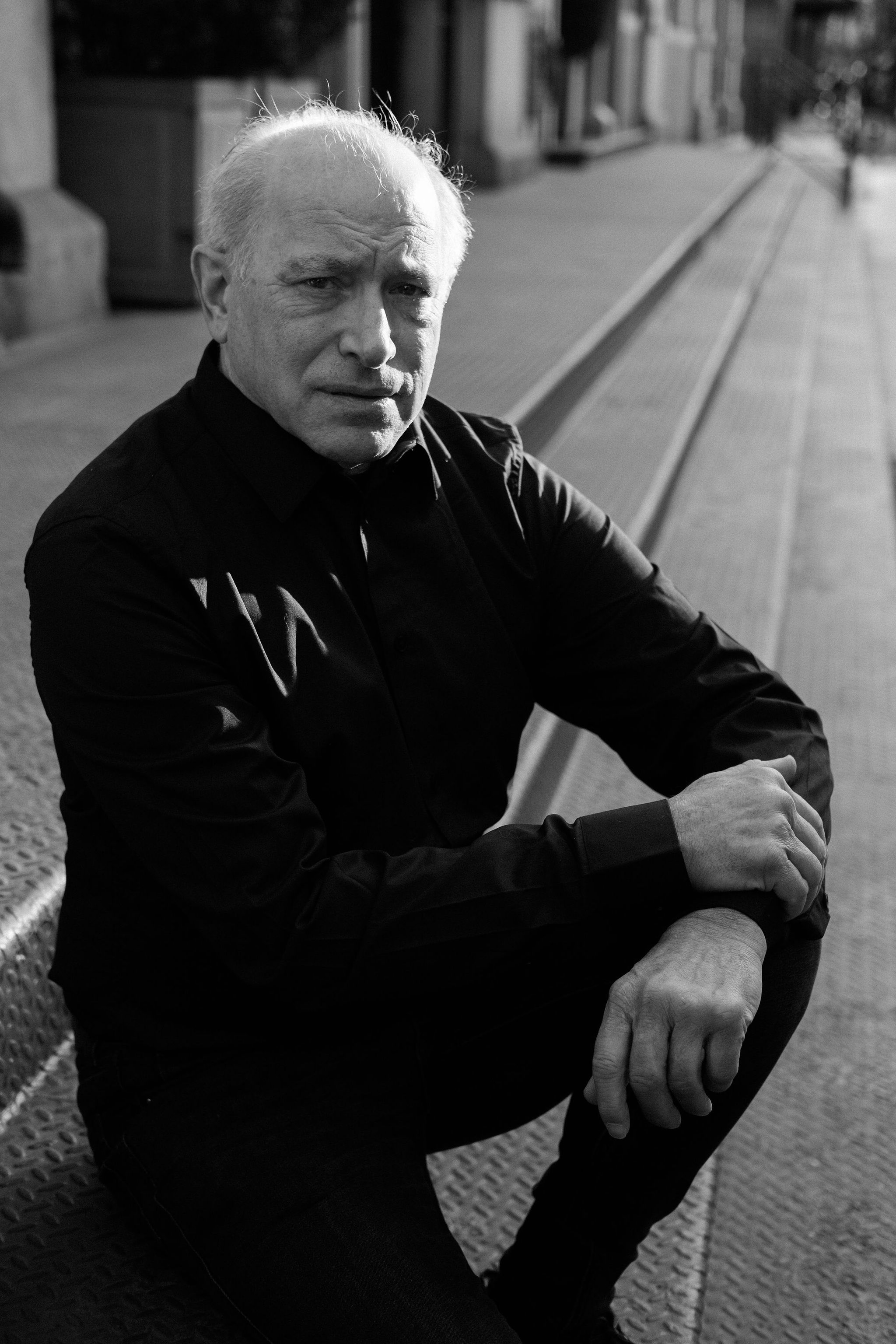Alan Braufman

ABOUT
"“Utter beauty in the form of intense fragments of joy and thunder” / “Like his free jazz predecessors, Coltrane, Cherry and Coleman, Braufman finds spirituality in every note.”
- Down Beat (4 stars)
“playful and light, yet texturally dense”
- NPR (on “Brooklyn”)
“All of the players’ best impulses coalesce on the fantastic closing track “Liberation,” a song of strength and vulnerability that easily earns its title.” - THE WIRE
“ An utterly distinctive powerhouse performer with the emotional resonance of John Coltrane or Pharoah Sanders"
- MOJO
"We need the meditative focus and impassioned intensity of an artist like Alan Braufman more than ever" (#1 Jazz album of 2020)
- Rolling Stone
"A legend in free music"
- Gilles Peterson / BBC
"both dizzyingly overwhelming and fundamentally reassuring. It blows you away, then catches your fall"
- Pitchfork
- Down Beat (4 stars)
“playful and light, yet texturally dense”
- NPR (on “Brooklyn”)
“All of the players’ best impulses coalesce on the fantastic closing track “Liberation,” a song of strength and vulnerability that easily earns its title.” - THE WIRE
“ An utterly distinctive powerhouse performer with the emotional resonance of John Coltrane or Pharoah Sanders"
- MOJO
"We need the meditative focus and impassioned intensity of an artist like Alan Braufman more than ever" (#1 Jazz album of 2020)
- Rolling Stone
"A legend in free music"
- Gilles Peterson / BBC
"both dizzyingly overwhelming and fundamentally reassuring. It blows you away, then catches your fall"
- Pitchfork
Born in Brooklyn in 1951, Berklee-educated saxophonist, flutist, and composer Alan Braufman was an integral part of the New York free music community in the 1970s and 1980s, recording as a sideman with significant improvisational figures including Richard Landry, Cecil McBee, Carla Bley, William Hooker, and Paul Nash, in addition to subbing for saxophonist Gary Windo in The Psychedelic Furs. At Berklee, Braufman had linked up with multi-instrumentalist Cooper-Moore (then known as Gene Ashton), saxophonist David S. Ware, bassist Chris Amberger, and drummer Marc Edwards. All but Edwards moved into a loft building at 501 Canal Street in New York in 1973; this space became a nexus of performance in lower Manhattan, hosting sessions by the cooperative Braufman/Cooper-Moore group in its storefront venue. A variation on this band with McBee and percussionists David Lee, Jr. and Yohuru Ralph Williams recorded Valley of Search, Braufman’s debut as a leader, for India Navigation in 1975.
A 2016 Manna House performance resulted in the 2018 reissue of Valley of Search along with commemorative concerts, as well as the long-awaited follow-up The Fire Still Burns, released in 2020. The sounds you hear across Braufman's discography as a bandleader are richly detailed and forthright, embodying a range of emotions and circumstances that convey individuality, collectivity and hope. As infectious as the music is on 2024's Infinite Love Infinite Tears – this record contains several ear-worms – it is still generative and complex. Braufman observes that “the thing about this band that made it so much fun to work with is we could play with structure and within that we could go completely free and it was a seamless transition to come back. I compare it to a house; you can spend all day outside, but it’s nice to know where home is." The group is able to stretch out and reflect on optimism, beauty, and joy, finding dialogic phrases and a keening surge within the curvature of inside-outside playing. There is much history and love in this band, and in Alan Braufman’s art overall. Fifty-odd years after debuting on record, his sound-world is as vital and inviting as ever.
VIDEO